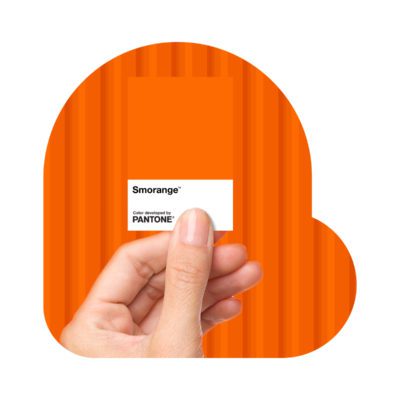Moving forward, the dine-in experience will look very different for your team and your guests. So anticipating everyone’s concerns, needs and demands now will help your restaurant return to profitability sooner. If you’re ready to reopen, we’re ready to help you navigate the new normal with checklists and strategies that will prepare your operations for the next phase of dining.
REEVALUATE BEFORE REOPENING

Work with your team to start mapping your new operations. Start with any guidance state and local governments have already provided. Beyond that, here a few best practices to keep in mind:
- Remove tables and bar stools from your dining room in accordance with social distancing and seating capacity guidelines
- Close any self-serve areas like buffets or beverage dispensers
- Install any new protective equipment like plexiglass at check out or spacing indicators on the floor, as well as dedicated entrance and exits to reduce face-to-face exposure
- Stock up on gloves, face masks, soap, sanitizer, disinfectants and protective equipment for your staff
- Reevaluate your menu for crucial ingredients that may or may not be available
- Reconsider dining hours and think about how much staffing and labor you will need and how you can adjust based on demand
- Evaluate your training materials and create new ones focused on new sanitization, capacity or any new safety measures you’re taking
- Consider designating a team member for every shift to manage the new safety standards
COMMUNICATE WHAT’S CHANGED FOR GUESTS

The more restaurants can do to put guests at ease, the better. Transparency is key in managing expectations for a dine-in experience. Utilize email, social your website and even video for communicating your reopening timeline, dine-in hours and the steps your restaurant is taking to keep everyone safe.
- From the parking lot to the bill, get some perspective on what guests can expect by walking through their journey through your restaurant
- Communicate anything that’s changed that a guest can see like a waitlist, employee protective gear and limited seating, as well things they can’t like new food prep procedures
- If you’re still thinking about how to schedule and staff your dine-in operations, consider sending a survey to your guests to gauge interest
GET INTO A NEW DINE-IN ROUTINE

With your checklist and communication in place, you’ll be well equipped to reopen your doors. Start by getting your team and guests adjusted to a new, safe routine that should include many of the following:
- Conduct temperature and wellness checks before your team begins work and encourage anyone feeling ill to stay home (some restaurants like O’Charleys are even checking temperatures of guests, too)
- Sanitize all high-touch surfaces between guests
- Provide hand sanitizer for guests at each table, in the restrooms, at the bar, and on the host stand.
- Limit tables to 10 guests and separate parties by at least 6 feet including the waiting area
- Consider having guests wait outside and text them when their table is ready to avoid a crowded lobby
- Offer disposable utensils, condiments and menus or sanitize items after every use
- Be sure your team is washing their hands after every guest interaction like swiping credit cards, handling money, serving tables or every time they return to the dining room
- Limit contact wherever possible by keeping front door propped open and offering contactless payment
MAINTAIN OFF-PREMISE OPTIONS

A Restaurant Business survey found that only 31% of consumers as of May 2020 are comfortable dining in within the next three months—making online ordering and off-premise solutions a must during this transition. But what are some ways they would be more open to the idea of dining in?
- The same survey found that 64% would consider an earlier visit if a restaurant installed automatic doors
- 56% would like restaurants to provide personal sanitation kits at each table
- 39% will avoid ordering beverages that are not served in the original can or bottle




